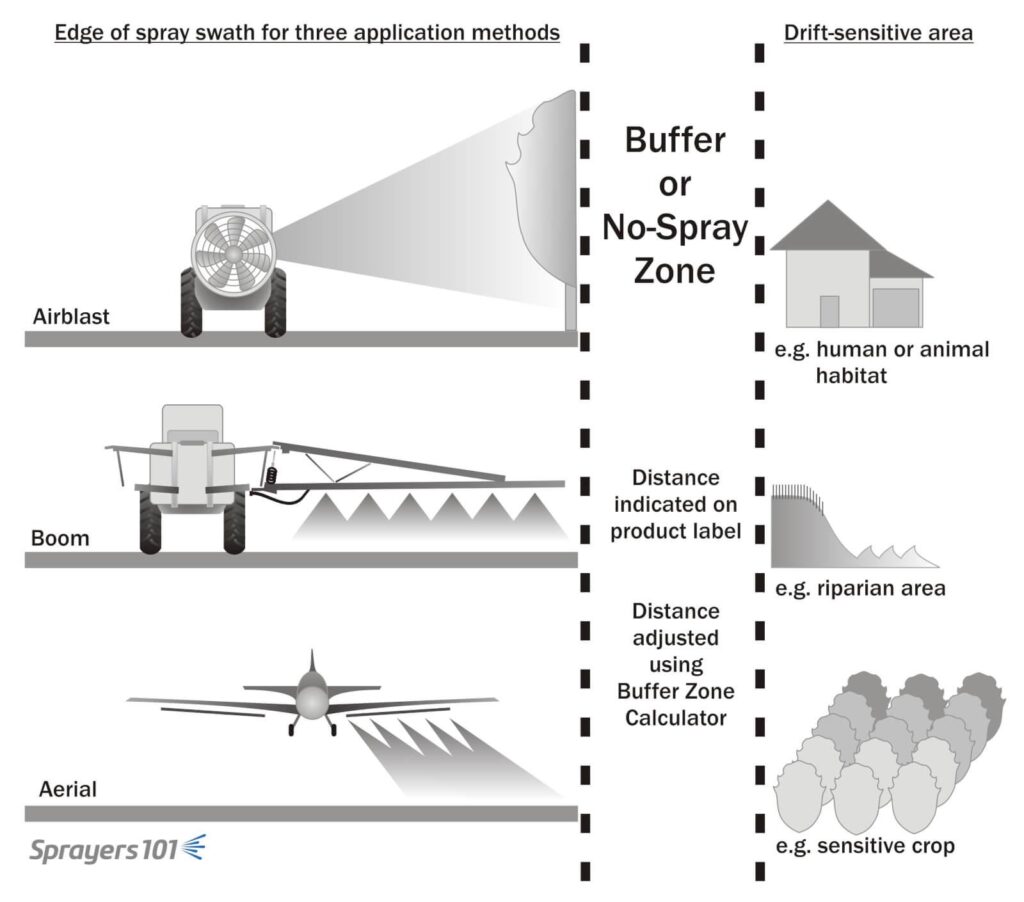Table of Contents
- Importance of Maintaining Proper Distance to Ensure Spray Effectiveness
- Health and Safety Risks of Close-Range Product Application
- Techniques and Equipment Tips for Consistent Six to Ten Feet Spraying
- Training and Best Practices for Workers Handling Spraying Tasks
- Insights and Conclusions
Importance of Maintaining Proper Distance to Ensure Spray Effectiveness
Proper distance plays a pivotal role in maximizing the effectiveness of any spray application. Holding the sprayer too close can lead to oversaturation, causing runoff and waste of the product, while spraying too far diminishes the precision and even distribution needed for optimal coverage. Maintaining an ideal distance of 6-10 feet ensures that droplets are dispersed evenly across the target area, enhancing both the product’s performance and the safety of users and bystanders alike.
Key benefits of adhering to the recommended spray distance include:
- Improved Coverage: Even and consistent application avoids missed spots and reduces the need for reapplication.
- Reduced Drift: Limits the unintended spread of chemicals to non-target areas, protecting the environment and nearby vegetation.
- Enhanced Safety: Minimizes exposure to potentially harmful substances for both applicators and surrounding individuals.
- Cost Efficiency: Prevents product wastage, making your investment go further.
Health and Safety Risks of Close-Range Product Application
Spraying products at close proximity poses significant health and safety hazards that are often underestimated. When applied too near, chemical particles can rapidly concentrate in the air, increasing the risk of respiratory irritation or even long-term lung damage. In addition to inhalation risks, direct contact with treated surfaces or skin can lead to allergic reactions, chemical burns, or poisoning. This is particularly concerning in enclosed or poorly ventilated spaces where airborne toxins are less likely to dissipate, amplifying exposure dangers for both applicators and bystanders.
To mitigate these risks, it is critical to observe strict safety measures by maintaining a recommended distance of 6-10 feet during spraying. This practice helps ensure that droplets disperse more evenly, reducing the likelihood of inhalation and skin contact. Key safety protocols include:
- Using appropriate personal protective equipment (PPE), such as masks, gloves, and goggles.
- Ensuring adequate ventilation to facilitate toxin dispersion.
- Avoiding spraying in windy or confined areas where drift or accumulation is high.
- Following manufacturer guidelines carefully for product use and recommended distances.
Adhering to these standards not only protects individual health but also promotes responsible environmental stewardship.
Techniques and Equipment Tips for Consistent Six to Ten Feet Spraying
Achieving uniform coverage while maintaining a distance of six to ten feet requires precision and the right tools. Start by selecting a sprayer with adjustable nozzle settings. This flexibility enables you to control droplet size and spray pattern, critical factors when working at a distance. Equipping your sprayer with a wide-angle nozzle helps distribute the product evenly across the intended surface, reducing the risk of runoff or patchy applications. Additionally, consider investing in a pressure gauge to monitor and adjust the spraying pressure for consistent output, ensuring optimal performance every time.
Proper technique complements the equipment to maximize effectiveness. Keep your sprayer nozzle angled slightly downward and maintain a steady, sweeping motion, overlapping each pass for full coverage without over-application. Use markers or reference points to help gauge the correct distance, especially in outdoor environments with variable wind conditions. Wearing protective gear is essential not only for safety but also to avoid disturbances to your spraying pattern. These practices combined will help professionals and DIY users alike to confidently apply products while adhering to safety and efficiency standards.
Training and Best Practices for Workers Handling Spraying Tasks
Ensuring that workers understand the critical importance of maintaining an appropriate distance during spraying activities is essential for minimizing health risks and enhancing overall safety. Training programs should emphasize the 6-10 feet guideline as a standard practice, leveraging practical demonstrations and detailed explanations of how proximity affects exposure to chemicals. Workers must be educated about the potential dangers of close-range spraying, including inhalation hazards and skin contact, which can lead to acute or chronic health issues. Additionally, using proper personal protective equipment (PPE) in tandem with spatial awareness creates a safer working environment.
Best practices extend beyond personal safety and include task management strategies that optimize both effectiveness and efficiency. Supervisors should incorporate the following points during training sessions to reinforce best practices:
- Consistent use of calibrated spray equipment to ensure controlled application within the recommended distance.
- Regular breaks to reduce prolonged exposure and attention fatigue, which can lead to mistakes in maintaining distance.
- Clear communication protocols among team members to coordinate movements and avoid accidental encroachments into unsafe zones.
- Environmental awareness including wind direction and speed, which can impact spray drift and safety margins.
Insights and Conclusions
In conclusion, maintaining a safe distance of 6 to 10 feet when spraying products is essential for ensuring both personal safety and environmental protection. Adhering to this guideline minimizes the risk of harmful exposure and promotes responsible use of chemicals. As awareness grows about the potential hazards associated with improper application, it is crucial for individuals and professionals alike to follow recommended practices consistently. By doing so, we can collectively contribute to safer, healthier communities and preserve the integrity of our surroundings.Check Our Other Blogs
- StunGun – Your Trusted Source for Stun Guns, Laws, and Self-Defense Tips
- PepperSprayLaws – Your Trusted Resource for Pepper Spray Information
- StunGunLaws – Your Trusted Guide to Stun Gun Legality and Safety




